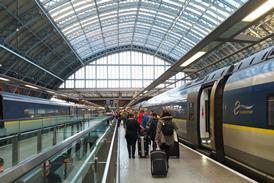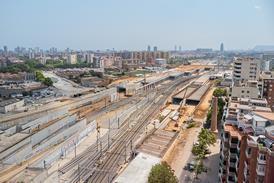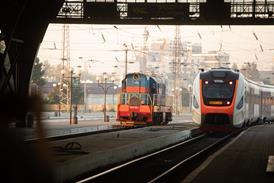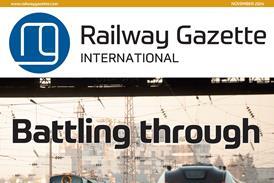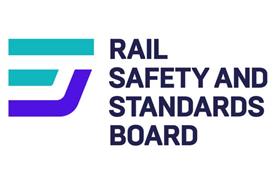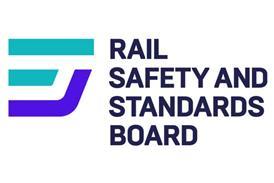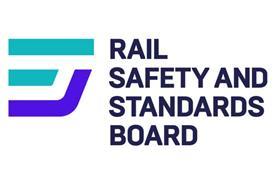BYLINE: Philippe Roumeguère
Chief Executive, International Union of Railways (UIC)
RIGHT ACROSS the world, concern has been growing about the role of transport in society and the part that each mode has to play. A balance must be struck between meeting the needs of the economy and the increasingly serious effects that transport has on the environnment. In this debate, rail’s image has continued to improve, and today the rail mode is increasingly well regarded by decision makers and the public.
Given today’s demand for mobility and the various modes of transport that are available, it is clear that the limits of expansion have already been reached and in many cases can be pushed back no further. The environmental damage and economic waste caused by growing saturation of highways and skyways requires an ambitious and radical change in direction. While road and air traffic are unlikely to make more than marginal progress in terms of energy consumption, pollution, congestion and safety, rail still has considerable potential for development. I base this comment both on the latent potential of rail’s traditional engineering and on its ability to incorporate new technology.
Railways already demonstrate today just what can be achieved by satisfying customers’ demands, and in so doing, reaping a commercial harvest. In the USA, rail has over 40% of the freight market, underlining its fundamental role in the exchange of industrial goods on a continental scale. There are other examples in South Africa, China, India and Australia where geography favours the efficient operation of heavy haul traffic with long trains.
Those countries that have invested in new generation passenger railways - notably Japan and parts of Europe - are enjoying the fruits of that investment. They prove just how successful rail can be once it has met the performance and quality standards so sought after by its customers. The Madrid - Sevilla AVE line in Spain, for example, has 82% of the rail-air market, and Eurostar enjoys 60% between Paris and London. Other major projects, both high speed lines and links crossing physical barriers such as the Øresund and the Alps, will transform Europe’s railway geography and make rail far more competitive in the future.
Nevertheless, despite rail’s well recognised advantages, the time taken to reach decisions and implement new projects is excessively long. The reasons are many and diverse: rail businesses are in the process of restructuring, politicians are imprecise in their attempts to plan infrastructure, and certain governments remain wedded exclusively to short-term financial policies rather than long-term investment that includes environmental objectives.
But figures do not lie. A study carried out recently by consultants Infras and IWW for the International Union of Railways to determine the external costs of transport shows that nearly 10% of Europe’s gross domestic product is wasted every year in environmental damage, and that 92% of this is attributable to road transport.
Quantifying the benefits
In these conditions how is it possible to hesitate in justifying projects to modernise railways and their equipment? If all the benefits which rail projects bring to the market and to society are built into the financial calculation, the decision would more often than not go in rail’s favour. Switzerland is one example where the authorities have launched an ambitious programme to develop the country’s rail infrastructure using funds that are partly raised from road transport.
On a world scale, rail transport will profit from policies that take account of global problems such as the greenhouse effect, from the implementation of innovative commercial policies, and from the development of high performance equipment exploiting new technologies.
Interoperability, long one of the objectives promoted by the UIC and by UNIFE, is on the point of making significant progress: among current developments are the ERTMS/ETCS train control system and GSM-R radio, new gauge changing equipment and other innovations.
The emergence of world railway standards opens up perspectives that will allow suppliers to be more competitive thanks to the economies of scale stemming from market globalisation. This in turn will lead to lower costs for operators who will be able to choose their equipment from a more open market.
One of the keys to further development of the rail mode is project financing, where public bodies will inevitably remain involved. Partnership with the private sector can be a good way to fund certain types of project or to manage a specialist railway activity. But financing needs must not be underestimated, and major modernisation schemes in Europe require resolute commitment from public authorities.
I am personally convinced that the rail sector should have great confidence in its own future. No other mode can respond better to the dilemma of achieving sustainable mobility which is one of the most serious matters facing society today. n
The rail mode still has consideral potential for development. Philippe Roumeguère

